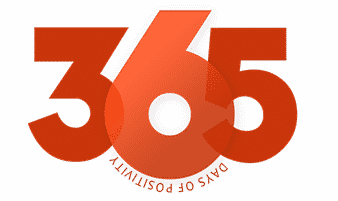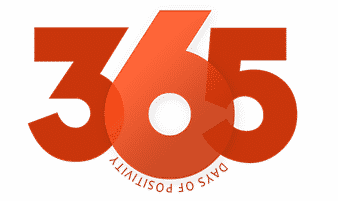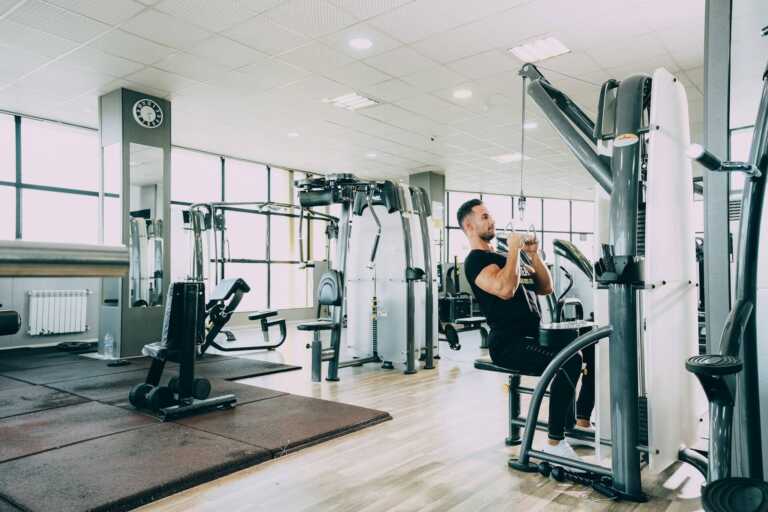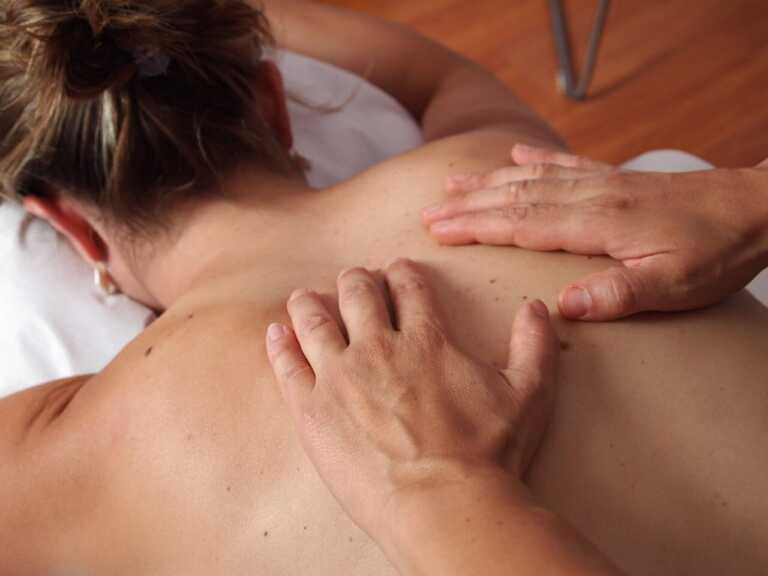In the journey to recovery after an injury, the intertwining paths of healing the mind, body, and soul cannot be overlooked. This holistic approach is more than medical interventions; it is about nurturing resiliency, fostering a positive mindset, and discovering inner strength. Each person’s odyssey of recovery is unique, often requiring tailored strategies that align with their individual needs—whether it be physical therapy, psychological support, or practices that feed the spirit. This article delves into the myriad techniques and philosophies that can aid in the rehabilitation process, acknowledging the complex interplay between our emotional well-being and physical health.
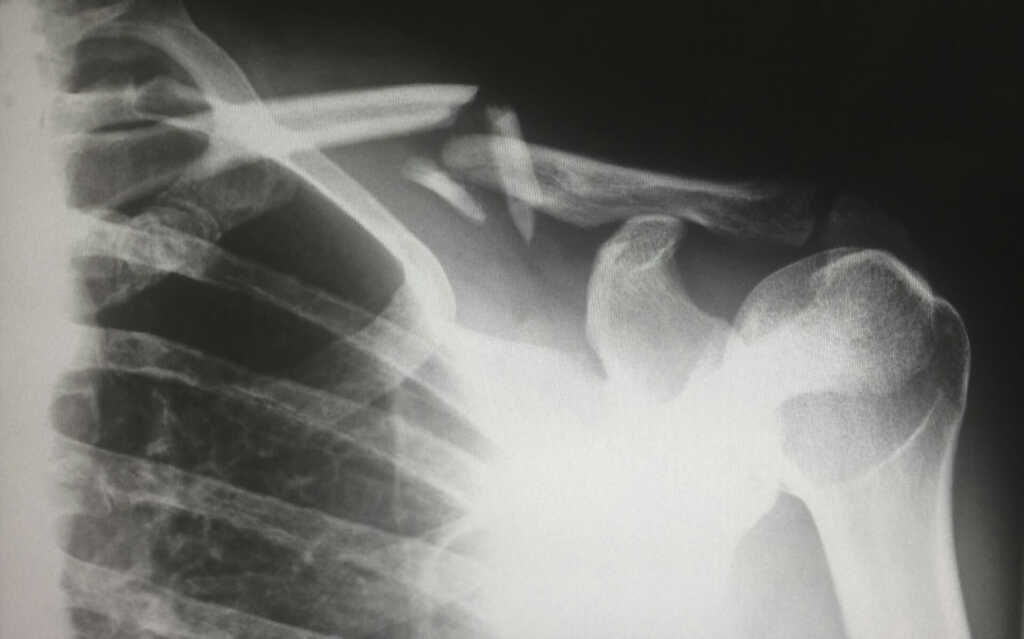
Seeking Legal Help
The aftermath of an injury can bring forth a range of emotions, from frustration and despair to fear and uncertainty. These feelings are entirely valid and should be acknowledged as part of the healing process. However, it is essential to cultivate resiliency in the face of adversity. Resilience is the ability to bounce back from difficult situations, adapt to change, and persevere despite setbacks.
If your injury was caused by a traumatic event, such as an accident or violence, it is crucial to seek professional help. A reputable New York personal injury lawyer notes that you can also seek legal support to hold those responsible for your injury accountable. This can help provide a sense of closure and justice, which is crucial for emotional healing.
Embracing Physical Therapy
Physical therapy often serves as the cornerstone of injury recovery, focusing on restoring movement and alleviating pain. The hands-on approach applied by therapists assists in improving joint mobility, increasing muscle strength, and promoting proper healing. Patients not only learn to move safely but are educated on methods to prevent future injuries.
To maximize the benefits of physical therapy, adherence to prescribed exercises and sessions is imperative. It’s not uncommon for improvement to come incrementally, and persistence is key. Encouragement from therapists and a supportive network motivate individuals to keep pushing forward, despite the challenges they might encounter.
Psychological Support Systems
The emotional impact of injury is profound and addressing this component is critical for overall recovery. Psychological counseling, including cognitive behavior therapy (CBT), can offer strategies to cope with the stress, anxiety, or depression that may accompany physical injuries. These tools help reconstruct negative thought patterns and promote a more optimistic outlook on recovery.
Support groups also play a vital role, providing a platform to share experiences and connect with others facing similar challenges. In these groups, individuals find solace and understanding, which bolsters mental fortitude. This sense of community support is invaluable in reinforcing that one is not alone on the road to recovery.
Nutritional Considerations for Healing
Nutrition cannot be underestimated in the healing process. The body requires a myriad of nutrients to repair tissues, fight inflammation, and regain strength. A balanced diet rich in protein, vitamins, and antioxidants aids in shortening the recovery period and enhancing the body’s natural healing mechanisms.
Consultation with a nutritionist can provide tailored advice to meet the specific dietary needs during recovery. These professionals can help craft meal plans that focus on nutrient-dense foods, necessary for rebuilding and fueling the body effectively throughout the different stages of rehabilitation.
The Role of Alternative Therapies
In conjunction with conventional medical treatments, many individuals find solace in alternative therapies. Techniques such as acupuncture, massage therapy, and hydrotherapy can complement the healing process by managing pain, improving circulation, and promoting relaxation which can all have positive effects on the body’s repair process.
Mind-body practices like yoga and meditation have also proven beneficial. They center on breath control, gentle movements, and mindfulness—key factors in reducing stress and improving the mind’s influence on bodily healing. These practices encourage a sense of calm and balance that is conducive to recovery.
Staying Engaged with Life
It is crucial for those in recovery to remain connected with their lives and interests beyond their injury. Engagement in hobbies, social events, and even modified work can contribute to a sense of normalcy and purpose. This maintains morale and helps in preventing isolation, which can negatively affect the healing process.
Adaptation is often necessary, and learning new ways to participate in favorite activities is part of the journey. This may mean exploring new interests that are achievable within one’s physical limitations. This exploration not only aids in maintaining an active lifestyle but can also ignite new passions and enrich the recovery experience.
The Power of Positive Visualization
Visualization techniques serve as a powerful psychological tool in the healing journey. By creating detailed mental images of wellness and recovery, individuals can foster a healing mindset. This form of mental practice promotes resilience and can lead to actual physical improvements by stimulating the same neural pathways as when physically performing a task. Research suggests that visualization can enhance motivation, increase confidence, and manage the psychological stress associated with recovery.
Recovery can also benefit from setting progressive and attainable goals. By envisioning these targets being met, such as walking a certain distance or completing a set of exercises, patients can maintain a forward-moving trajectory in their rehabilitation process. Setting these small milestones provides a series of achievable victories that collectively build towards full recovery, and visualizing the success of reaching these goals helps in sustaining effort and determination.
In addition to personal practice, guided imagery sessions with a therapist can further enhance the visualization process. These therapists can help patients develop personalized imagery that is vivid and emotionally engaging, potentially speeding up the recovery process. They instruct patients on how to incorporate all senses into their visualization, making the experience as real as possible, which may influence the body’s physiological responses to mirror those of actual physical healing.
Community and Social Connectivity
A robust social network can play a crucial role in recovery, proving just as vital as the physical components of healing. A strong community provides emotional support, and practical assistance, and can serve as a motivational factor. The encouragement from friends and family reinforces the individual’s efforts toward rehabilitation and provides a psychological boost that can translate into physical healing benefits.
Community involvement can also lead to the discovery of resources and information that might otherwise go unnoticed. Fellow patients, healthcare professionals, or community leaders often share insights about managing injuries and can introduce new coping strategies. Such connections may lead to helpful recommendations for services or adaptive equipment that can facilitate a quicker return to normalcy.
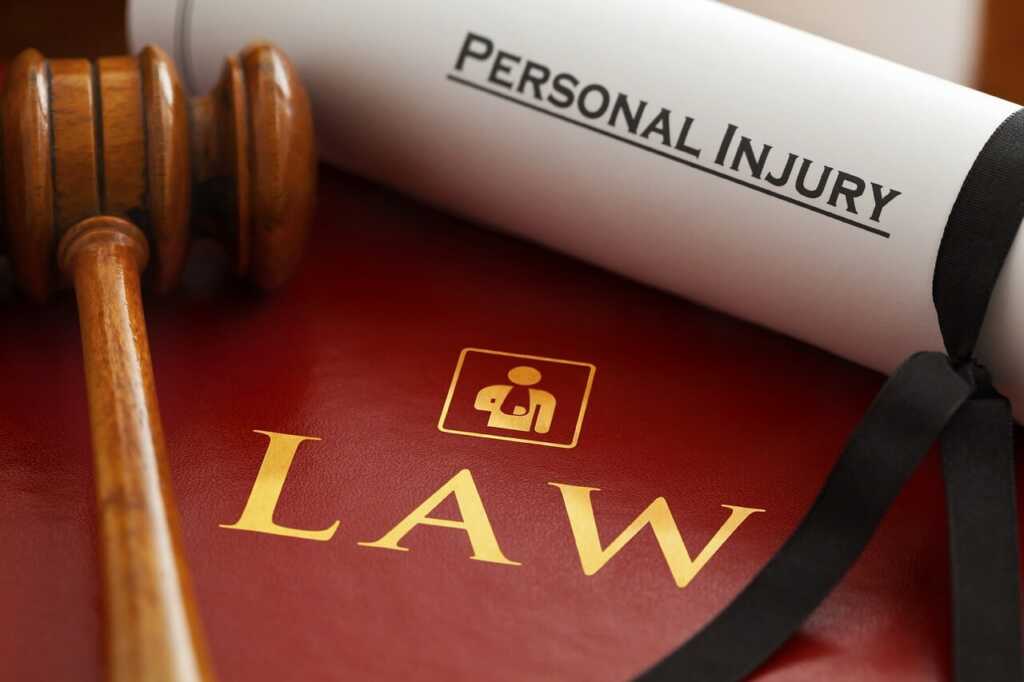
In conclusion, the journey to recovery after an injury is a complex and multifaceted process. Healing the mind, body, and soul requires a holistic approach that incorporates medical interventions with emotional support, nutritional considerations, alternative therapies, and social connectivity. By acknowledging the interconnectedness of these facets and nurturing each one in tandem with the others, individuals can cultivate resiliency and discover their inner strength in the face of adversity. With determination, patience, and support from both professionals and loved ones, a full recovery is indeed possible.
